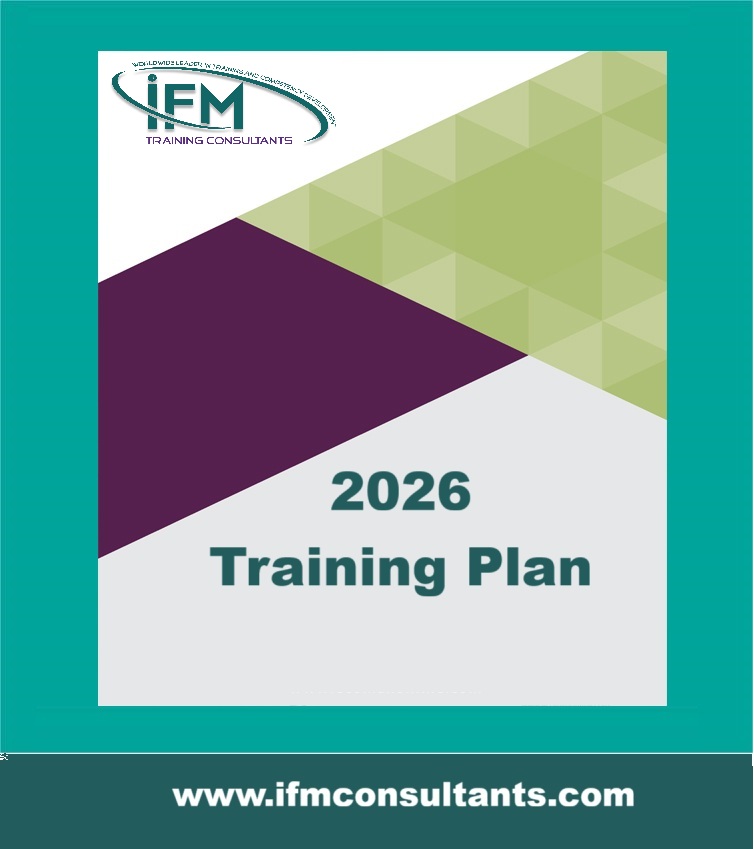Medical Emergency and Trauma Life Support
| Start Date | End Date | Venue | Fees (US $) | ||
|---|---|---|---|---|---|
| Medical Emergency and Trauma Life Support | 16 Nov 2025 | 20 Nov 2025 | Riyadh, KSA | $ 3,900 | Register |

Medical Emergency and Trauma Life Support
| Start Date | End Date | Venue | Fees (US $) | |
|---|---|---|---|---|
| Medical Emergency and Trauma Life Support | 16 Nov 2025 | 20 Nov 2025 | Riyadh, KSA | $ 3,900 |
Introduction
The following is deemed to be the minimal acceptable first-aid and CPR training program for employees engaged in logging activities. First-aid and CPR training shall be conducted using the conventional methods of training such as lecture, demonstration, practical exercise and examination (both written and practical). The length of training must be sufficient to assure that trainees understand the concepts of first aid and can demonstrate their ability to perform the various procedures contained in the outline below.
Objectives
- How to deal with different environmental emergencies
- How to assess the victim and how to manage/control the case
- How to assess the collapsed victim.
- How to perform chest compression and rescue breathing.
- How to operate an automated external defibrillator safely.
- How to place an unconscious breathing victim in the recovery position.
At the end of this course participants should be able to demonstrate:
Training Methodology
The training methodology is interactive with group exercises and is suitable for all employees involved in functions management. The pace and level of the training workshop is customized to the understanding of the delegates. Ongoing back-up and support is available after the training on request to the supplier, and the training course is also available for in-house presentation as well as for “Competency Transfer”
Who Should Attend?
- Medical Assistant
- Nurses
- Occupational Health Nurse
- First Aid personnel
Course Outline
First-aid and CPR training shall consist of the following:
A- Environmental emergencies:
1. The definition of first aid.
2. Legal issues of applying first aid (Good Samaritan Laws).
3. Basic anatomy.
4. Patient assessment and first aid for the following:
- Respiratory arrest.
- Cardiac arrest.
- Hemorrhage.
- Lacerations/abrasions.
- Amputations.
- Musculoskeletal injuries.
- Shock.
- Eye injuries.
- Burns.
- Loss of consciousness.
- Extreme temperature exposure (hypothermia/hyperthermia)
- Paralysis
- Poisoning.
- Loss of mental functioning (psychosis/hallucinations, etc.) and Artificial ventilation.
- Drug overdose.
B. Cardio pulmonary Resuscitation (CPR)
- Primary Assessment
- Rescue Breathing
- Obstructed Airway
- Demonstrate CPR Skills on Mannequins
- Correct Usage of the New CPR Masks
- Classical method of cardiac massage
- CPR in children
- CPR pediatrics
- Post CPR
C- Medical emergencies:
6. Application of dressings and slings.
7. Treatment of strains, sprains, and fractures.
8. Immobilization of injured persons.
9. Handling and transporting injured persons.
10. Treatment of bites, stings, or contact with poisonous plants or animals.

















